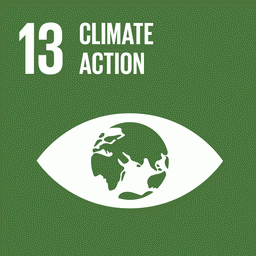Forest wildfires in the Amazon have emitted up to 1,298 Tg of CO2 since 1990, equivalent to the mean annual emissions of Japan. Fire-degraded forests store 25% less carbon than undisturbed forests and may represent a carbon source for at least ten years – even if the deforestation stops completely.
Despite its importance in the carbon balance, there is still a gap in how forest degradation emissions are calculated, monitored and reported. The methodology adopted by Intergovernmental Panel for Climate Change (IPCC) inventory system does not count forest degradation. This fact impacts of apportionment of fire emissions to be reported to UNFCCC.
In the Brazilian inventory, fire emissions are mixed up with other sources, and they are not showed in the reporting system. That underestimates the role of fire in the worsening of the greenhouse effect.
“The existing protocols and guidelines consider that all the forests are in good shape, as they were 500 years ago. The reality is that human-related activities, mainly fire, and the climate change itself have moved many standing forests from sink to source of GHG emissions”, says Dr. Ane Alencar, Science Director at the Amazon Environmental Research Institute (IPAM).
